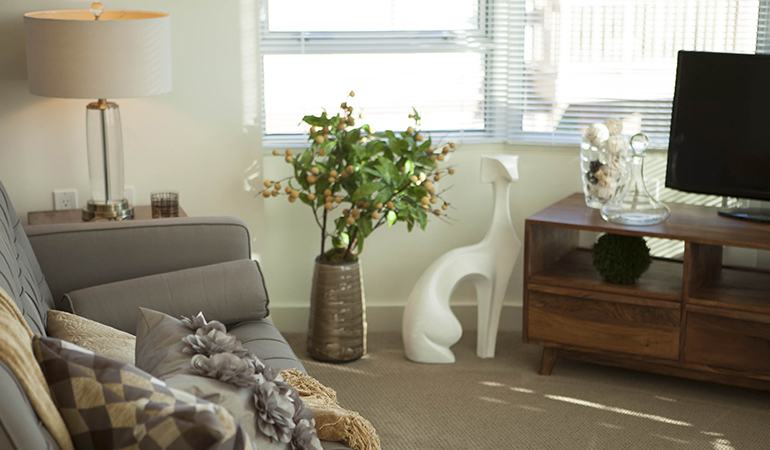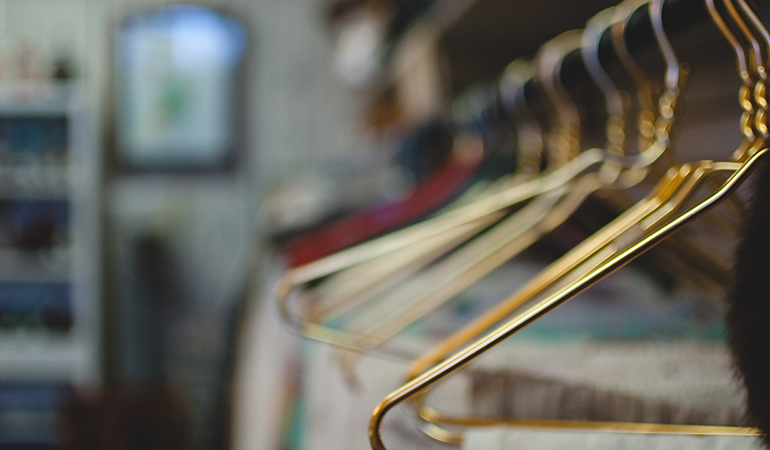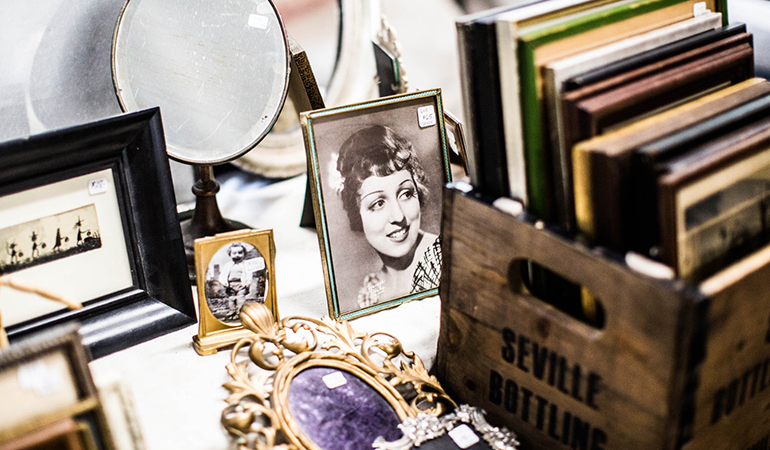How to Downsize and Declutter Your Home
in Independent LivingWritten by Sheila Hansen
Getting rid of clutter is always a good thing. But when you’re preparing to move into a retirement residence, it’s also a necessity.

Whether your new space is a studio, one- or two-bedroom suite with den, you simply can’t bring everything from your long-time family home or spacious condo with you. Plus, the tidier and more streamlined your current dwelling, the better it will sell in today’s competitive market. So, where to begin?
Start with one closet at a time
Shelley Williams, a seniors real estate specialist (SRES) at West Vancouver’s Team 3000 Realty, suggests starting small – and soon. “Pick one closet per week, and get rid of stuff that you no longer use, no longer want and aren’t likely to use in the next year – you’re starting to mentally declutter,” says Williams. The more you do for yourself up front, she says, the less you end up paying for closer to moving day. “And when you do [the decluttering] yourself slowly, you’re very comfortable with what you’re getting rid of.”
Leslie Wilshire of Les Clutter Services in North Vancouver concurs. “Start today,” she emphasizes. “One day at a time, or one hour at a time.” Then create a master plan that breaks down the rooms to be sorted over the weeks or months leading up to when you list your house or move into a residence. “Start at the most daunting area in the house, which is usually the storage locker, garage or basement,” says Wilshire. Not only will this reduce stress and make other areas that much easier, it will also free up space for organizing the remaining items in your home.

Decide what to keep
And be sure to get a floor plan of your new suite. Knowing the exact dimensions will help you select which furniture to bring to your smaller home. Try measuring each piece to see what will and won’t fit. “You can’t take very much,” advises Team 3000’s Williams. “You can take a love seat, a coffee table, an occasional chair.” So while larger pieces like a buffet and dining room table are needed to stage your house for sale, you likely won’t be taking them with you.
What to do with items left behind
As Williams says, everything “has to go somewhere, because when you sell your house, the buyer gets vacant possession.” She suggests first asking relatives and close friends if there’s anything they’d like to have. And ask your adult children to reclaim any goods they’ve been storing with you over the years.
Next, you could send or bring in photos of your large antiques and other valuables to auction houses and consignment stores to see if they might sell them. But Williams cautions: “Because there’s so much downsizing going on, it’s very, very difficult to get rid of used furniture. Nobody wants it, and it’s in huge numbers . . . nobody buys buffets anymore.”
Still, you can drop off smaller pieces (a wicker chair, patio furniture, stemware, sheets and towels) at local thrift stores like the Salvation Army, or have a charity like Big Brothers pick up clothing and household goods. To keep on top of your unwanted goods, Les Clutter’s Wilshire recommends dividing them into five groups: charity, recycling, trash, consignment and estate sale. Then you can either drop bagged and boxed items off yourself or arrange a handyman service or moving company to do it.

Or leave it to the professionals
Perhaps you don’t have time to thoughtfully go through your home’s rooms, or you’d rather have someone else do the work. That’s when SRES realtors and professional organizers come in handy. For example, realtor Shelley Williams offers a one-call-does-it-all type of service, while Leslie Wilshire specializes in helping seniors downsize.
“We have this very similar philosophy,” says Wilshire about her and Williams’ work. “Everybody is our mom and dad. We want to make sure they’re OK . . . Downsizing and moving are among the top 10 stresses in life. If you can take that stress out of someone’s life, they are so happy and so much healthier.”

